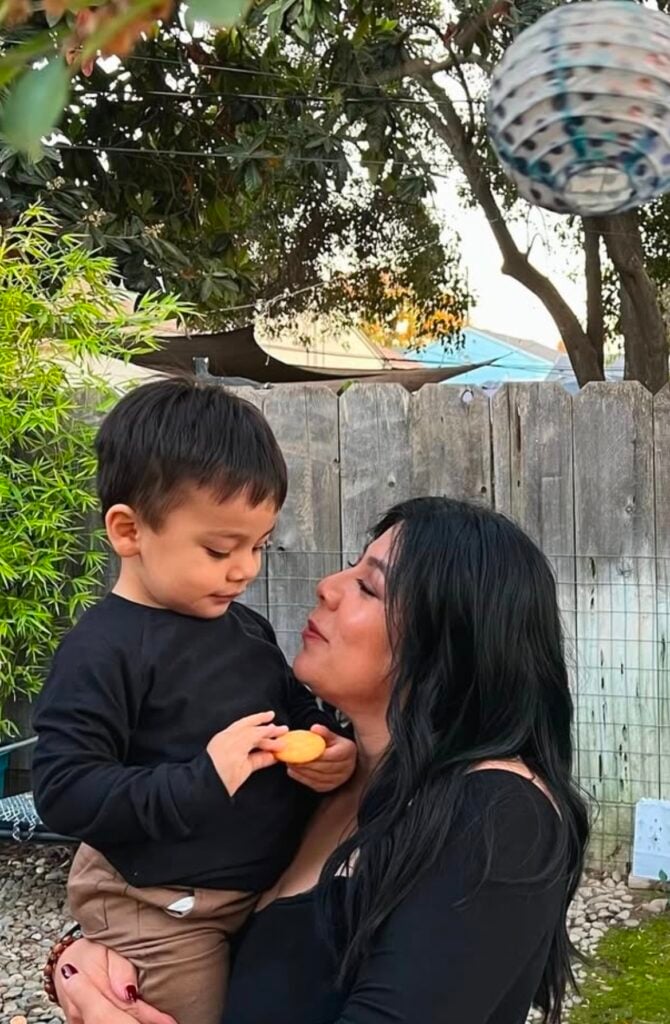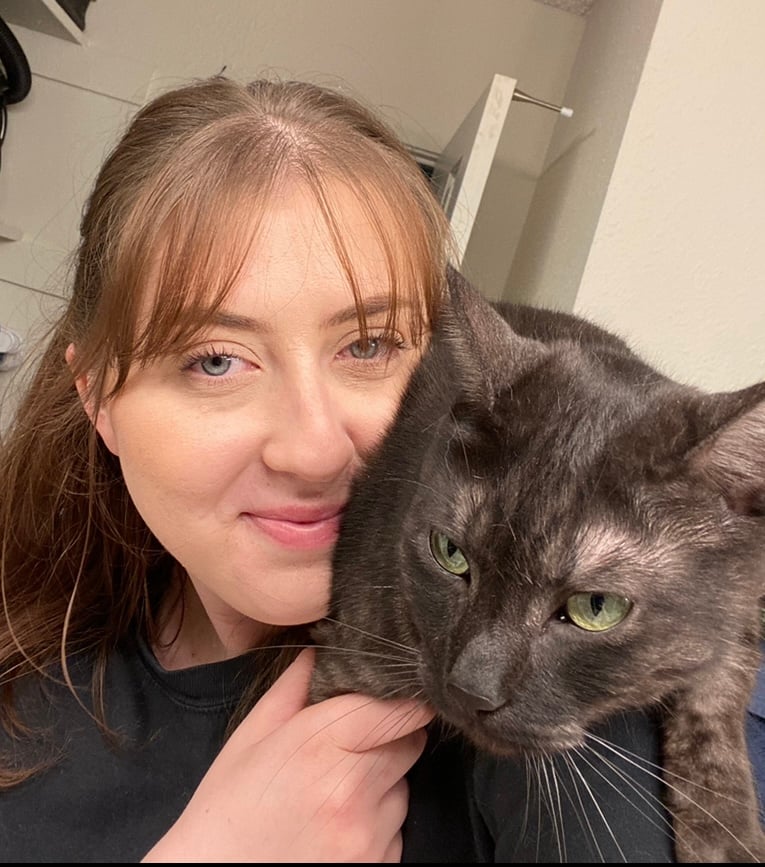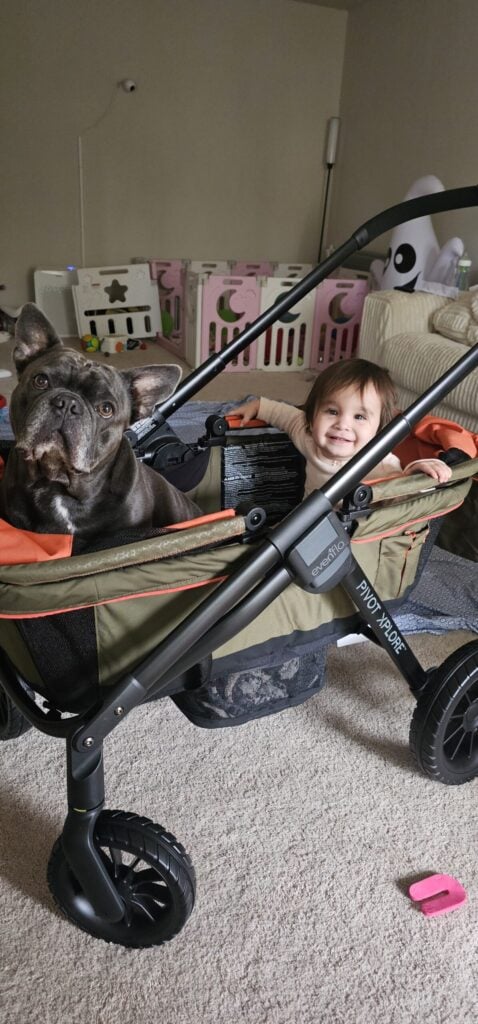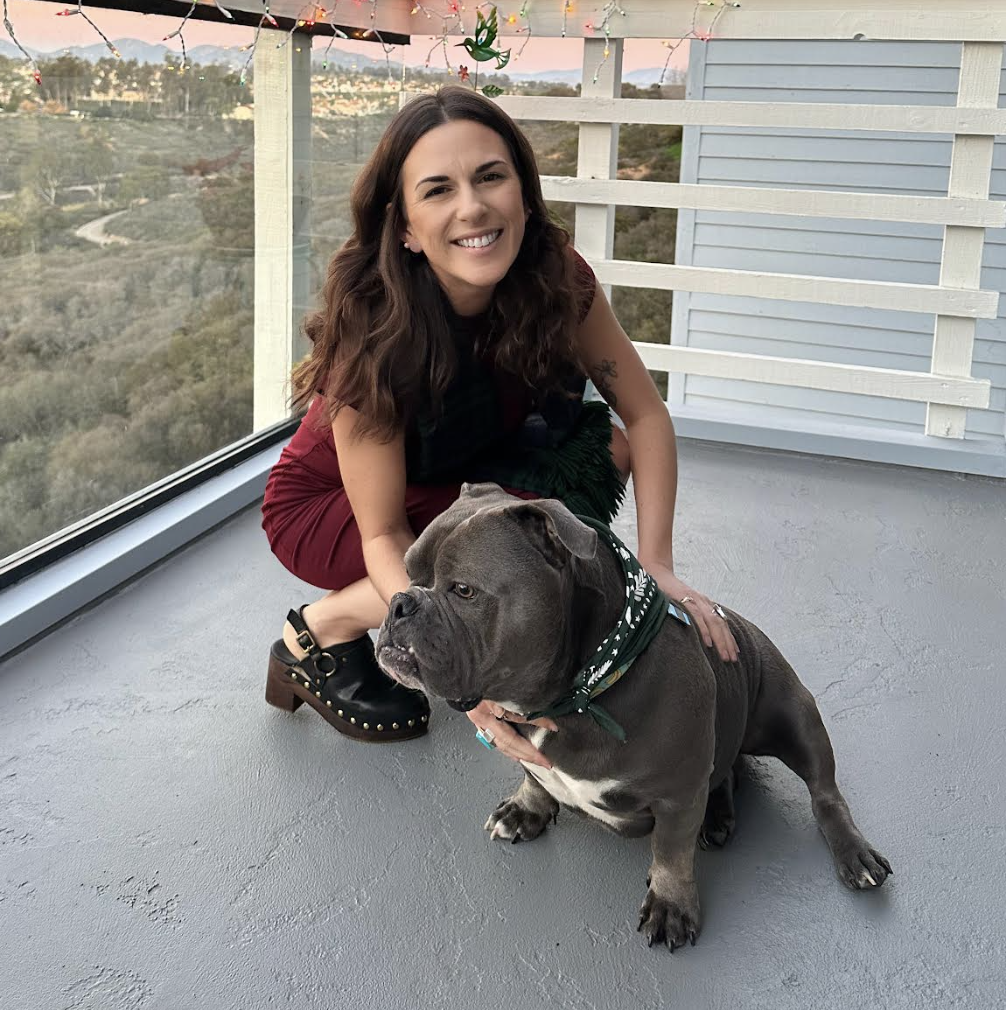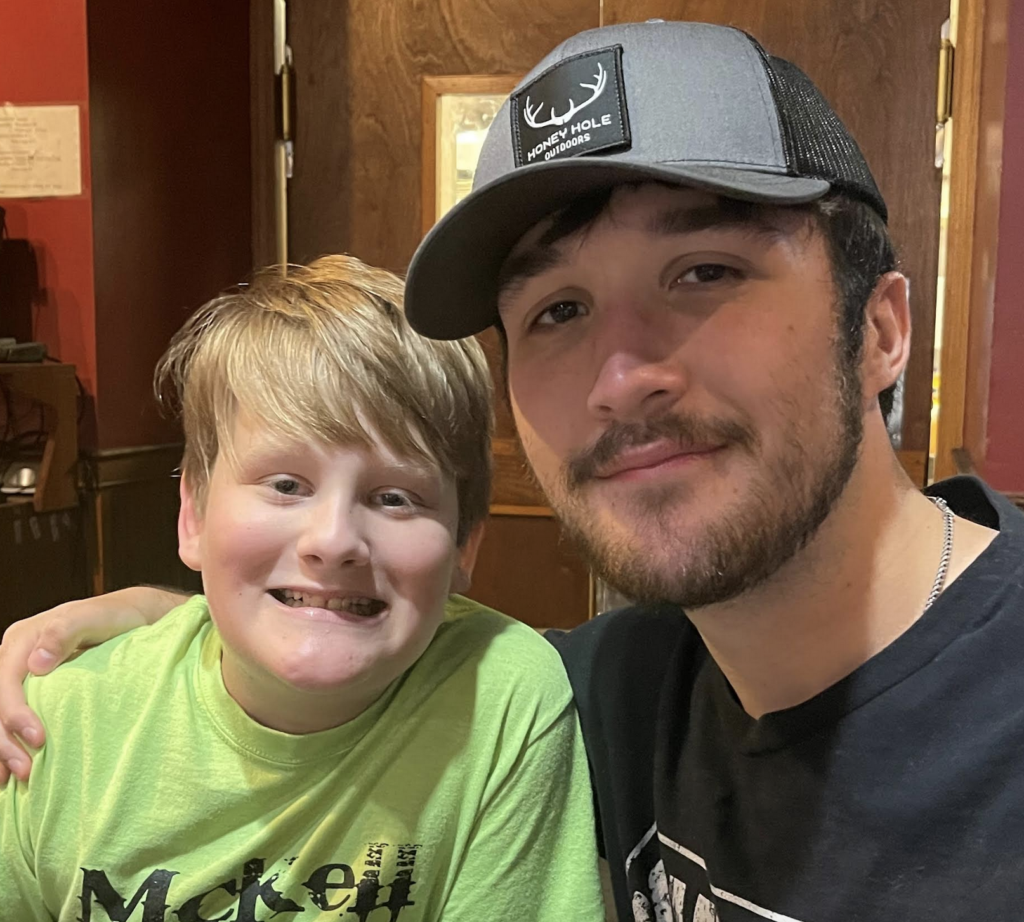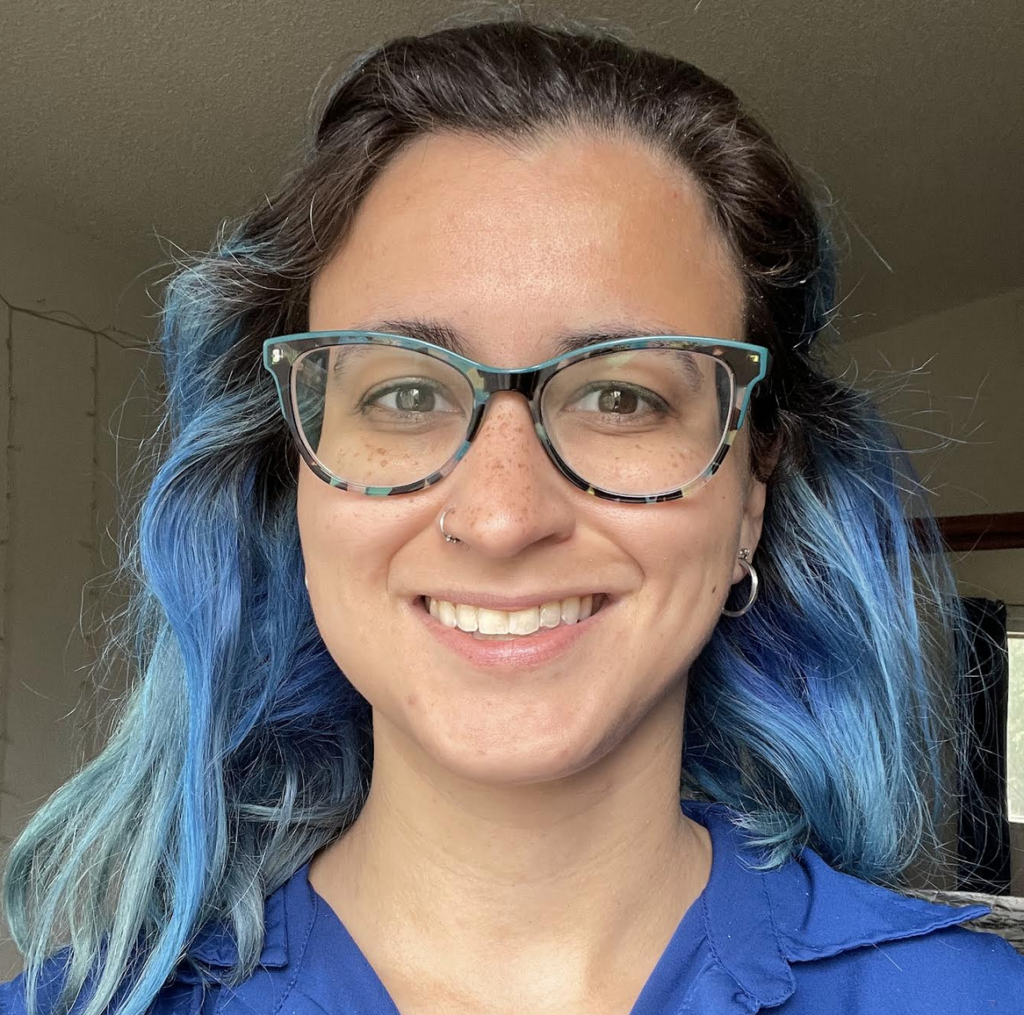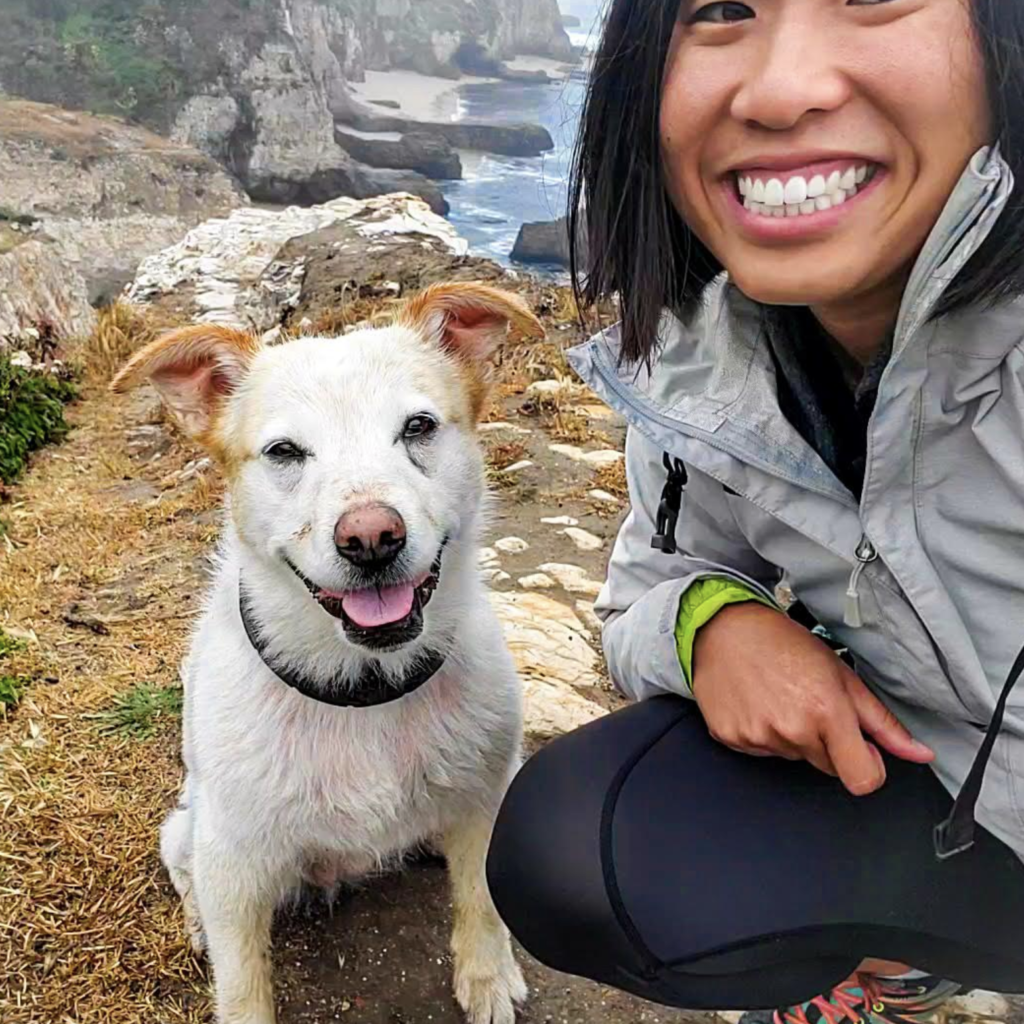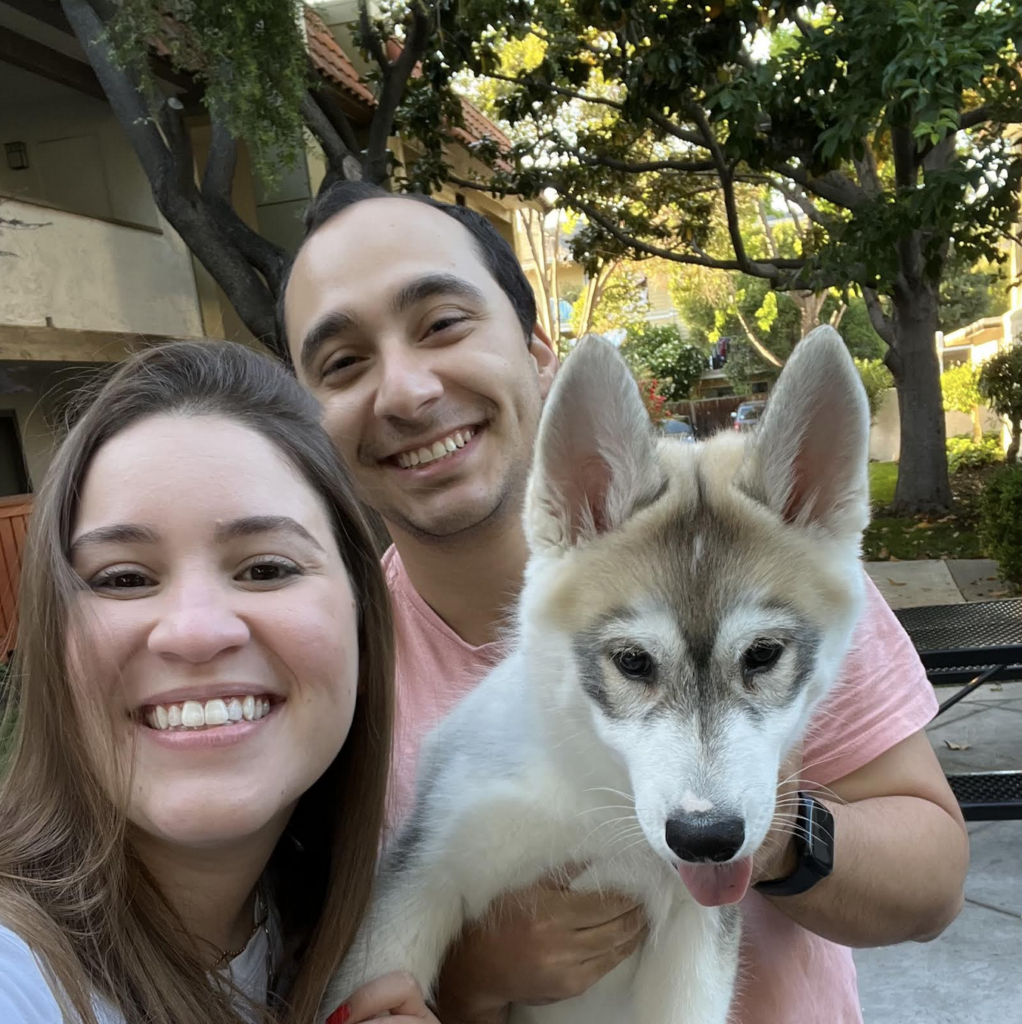
According to International Hip Dysplasia Institute, one in every ten babies is born with Hip Dysplasia. Hip dysplasia or DDH is an instability of the hip joint. The femur (thigh bone) does not fit together with the pelvis as it should. Hip Dysplasia often corrects itself during the early development phase, but in some cases it requires therapy.
Sometimes, babies develop hip dysplasia after birth. This can be prevented by avoiding wrapping the baby too tightly.
Some babies are more likely to have hip dysplasia:
– Firstborn babies. Almost 6 in 10 firstborn babies are prone to hip dysplasia
– Female babies
– Babies born from cesarean or breach pregnancy
– Babies with a family history of dysplasia.
Indicators of Hip Dysplasia
If you’re concerned whether your child is suffering from hip dysplasia, here are some things you should be looking for:
– Limited hip movement
– Uneven butt cheeks
– Clicky hips
– Uneven leg lengths
– A limping walk
– Pain in the hip joint
How do therapists diagnose Hip Dysplasia
If your child is less than 6 weeks old, therapists will do a physical exam to check for hip dysplasia. They will generally wait for the condition to correct itself. After 6 weeks, they will conduct an ultrasound to check for hip placement. If your child is more than 6 months old, therapists will request an X-ray.
If your child is diagnosed with hip dysplasia, some questions you can ask your therapist are:
– What are my treatment options?
– How can I support my child’s therapy at home?
– How does it affect my baby’s life?
How to therapists treat Hip Dysplasia
Depending on the condition and severity of the hip dysplasia, your therapist will offer one of these three options:
Hip Abduction Braces
Hip Abduction braces are usually recommended for babies under 6 months old. The idea is to use these braces to hold the hip joint in place as the child grows to ensure the femur positions itself correctly as the joints continue to grow and form.
Physical Therapy
Physical pediatric therapy can help children to strengthen their hip joints. And at the same time, therapy exercises help improve joint flexibility.
Hip Surgery
In cases where braces and therapy are not helping, your physical therapist might recommend surgery to repair the hip joint. Again with hip surgery, there are three options:
– Arthroscopy: In this surgery, the doctors use a minimally invasive procedure where they repair the cartilage around the hip socket.
– Periacetabular Osteotomy: When performing this surgery, your doctor will reposition the femur in the hip socket.
– Total Hip Replacement: Your doctor will recommend this surgery if the displacement cannot be corrected with the above two procedures. In this case, the hip is restored in its correct position using an artificial joint.
If you are concerned whether your child is suffering from hip dysplasia, book an appointment with our physical therapist today.
















